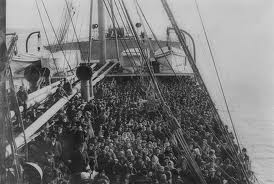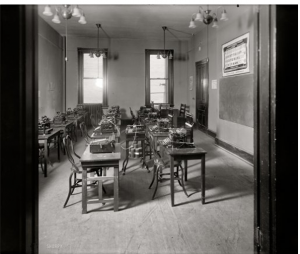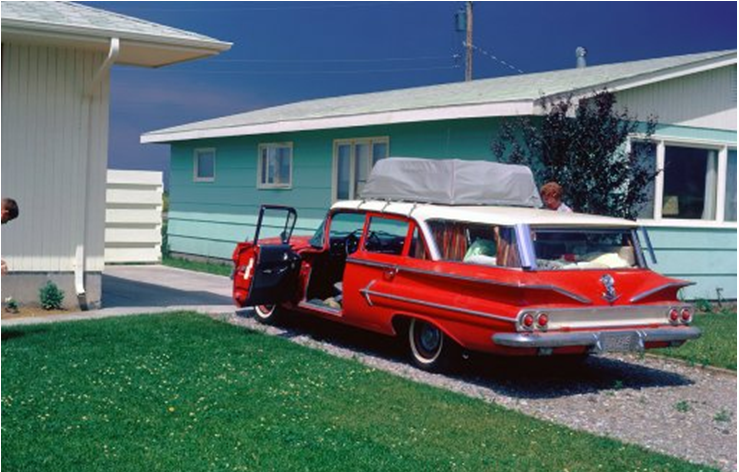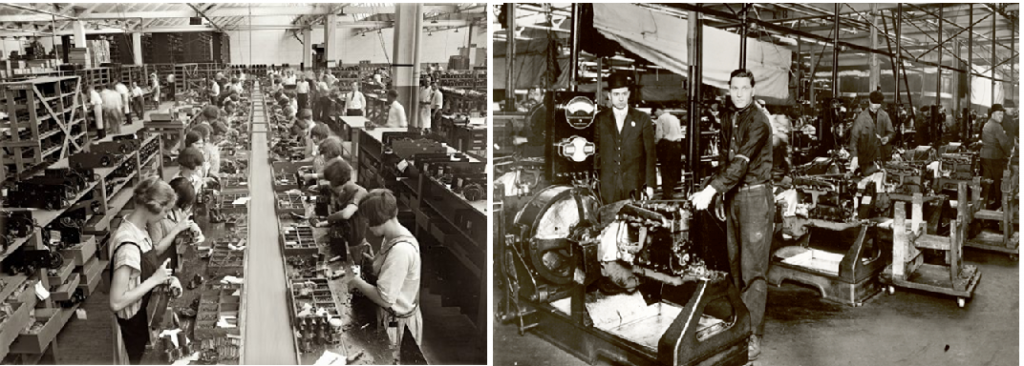The American Dream
The American Dream is an idea that drives our national identity.
Its definition has shifted through the decades, but it always promises opportunity – a better tomorrow, greater prosperity and the ability to provide a better lifestyle for the next generation.
200 years ago, the American Dream drove the creation of a new country.
Yet today, 18 million people say the American Dream holds out no hope for them. What has happened between then and now? What will it take to make the Dream viable again?
The History of the Dream
 In the 18th century, our country was founded by people who desired freedom from religious repression and rigid social strictures.
In the 18th century, our country was founded by people who desired freedom from religious repression and rigid social strictures.
 In the 19th century, people from many other cultures flocked to a new World—America—seeking political freedom and open economic opportunity.
In the 19th century, people from many other cultures flocked to a new World—America—seeking political freedom and open economic opportunity.
Success in the early days of American history required certain skills and values:
- A spirit of independence
- A strong will
- The ability to persevere in the face of many challenges
- Self-reliance
- A clear vision
- The strength of character to forge a life from the raw materials of a raw land

These people were PIONEERS. The American Dream of the 1800’s was the vision of a new country, with opportunity for all people, not just the favored few.
And it worked. The country expanded, seemingly unlimited raw materials were mined and harvested, and a thriving rural economy drove the economic engine of prosperity.
And then the world changed.
By the beginning of the 20th century, the needs of the country had shifted. The US needed to compete in a new industrialized economy. Mills and factories needed workers.
 Mandatory public education began in the early 1900’s. The values being taught were those needed by industry – conformity, submission to authority, structured and regulated activity, and regimentation. The educational system was an investment in the economic future of the country.
Mandatory public education began in the early 1900’s. The values being taught were those needed by industry – conformity, submission to authority, structured and regulated activity, and regimentation. The educational system was an investment in the economic future of the country.
Labor was needed for increasingly mechanized agriculture, new mills and factories. People arrived from all over the world to take advantage yet another new opportunity.
These people were for the most part INDUSTRIAL WORKERS.
And it worked. We experienced generations of productivity.
The American Dream, for those who had access to it, bought the ability to own your own home, your own car, send your children to college, retire with a gold watch.
During those years, one income per household was normal. The average length of employment in one job or career was 40 years.

